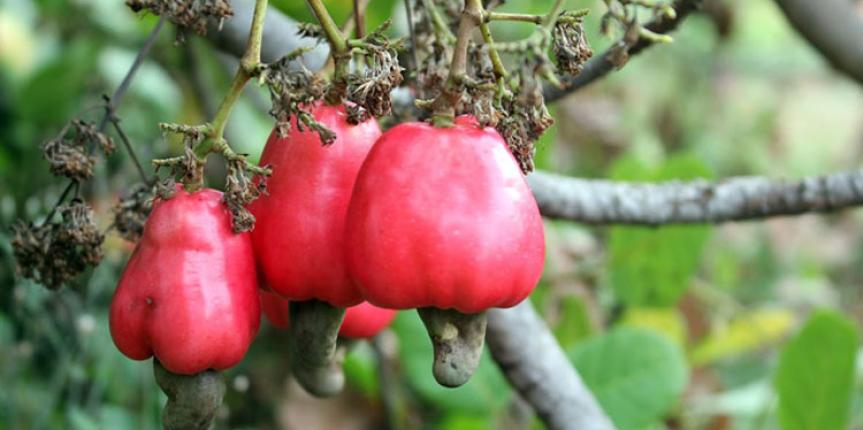
Cashew nutshell can be removed either manually or mechanically. In countries like India, the processing is labor-oriented, but in countries like Brasil, shelling is mostly done mechanically. As we all know that there are lots of health benefits of eating cashew nuts on a daily basis. You can buy raw cashew nuts:
1. At Local Markets
2. From Local Farmers
3. From Major Suppliers
The Process to remove Cashew Nutshell
Removing cashew nutshell goes under various processes. Here is the process to remove Cashew Nutshell:
1. Manual Shelling
If the cashew shell removing process is done manually, it can be performed in a couple of different ways:
a. With a wooden hammer, and flat stone or some other flat surface.
b. With manual shelling machines
If a wooden hammer is used, nuts are placed on some flat and stable surface, like a flat stone, and then crack opened by hitting the nut with the hammer. If the shell removal process is done by manual shelling machines, machines are placed on a table, which can operate two workers. The machine consists of two knives, both shaped in the contour of half a nut. When the worker presses the foot-operated lever, the knives come together, and they cut around the shell, leaving the kernel whole. During the manual cashew shell removing process, safety measures should be taken:
a. Wearing gloves for protection
b. Tumbling nuts in wood ash or fine sand after roasting
These safety measures need to be taken because, during the roasting process, cashew nut liquid is released. That particular liquid can be harmful to the skin. While cracking the nuts, care must be taken not to break or split the kernel. This is a delicate operation and requires skilled workers to get as many whole kernels as possible.
2. Mechanical Shelling
On the other hand, if shell removal is done mechanically, there are several machine types and variations:
a. Oltremare
The first mechanized cashew shell removing system, which is based on two nuts shaped knives and a moving chain. Nuts are brought to the knives by that chain on which all nuts must be in the same position. Then the nuts are being pushed between the knives and cut. The chain itself must be fed with nuts manually. The disadvantages of this type of system are that the output is decreased due to the fact that not all the places in the chain can be filled, and the system isn’t able to process nuts smaller than 18 mm
b. Cashco System
This system is also manually fed, but in this system, the nuts are placed in the right position automatically. This device has two blades and a pin that separates two sides of the shell after the separation. This system has fully mechanized operation. Nuts smaller than 15 mm cannot be processed.
c. Centrifugal Shellers
This system enables a steady and continuous flow of nuts. A rotary paddle throws the nuts against the solid surface of the system casing. Due to impact, the shell breaks open without damaging the kernel.
